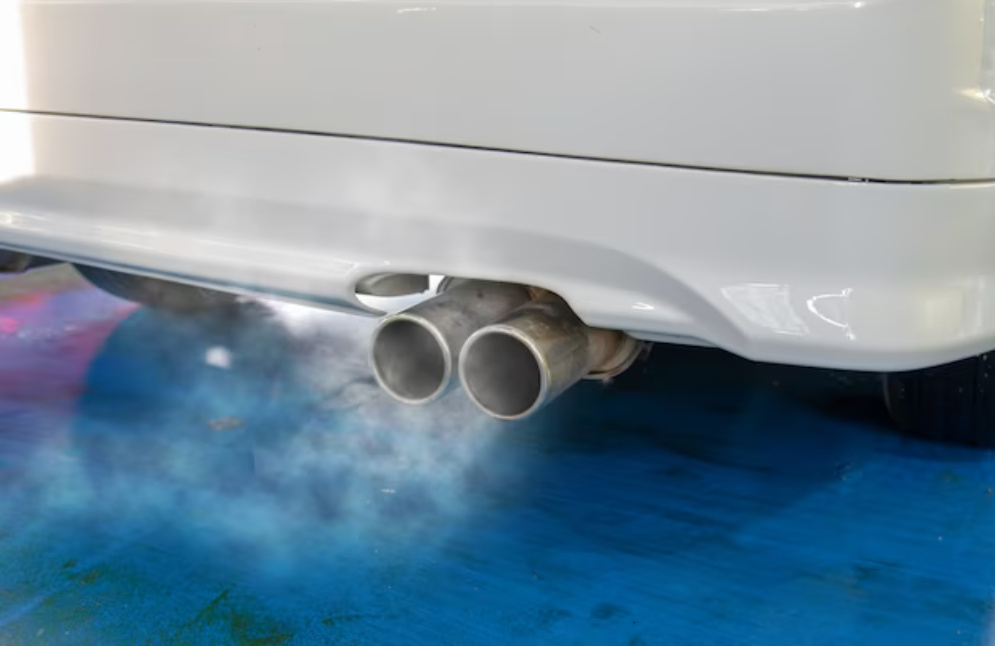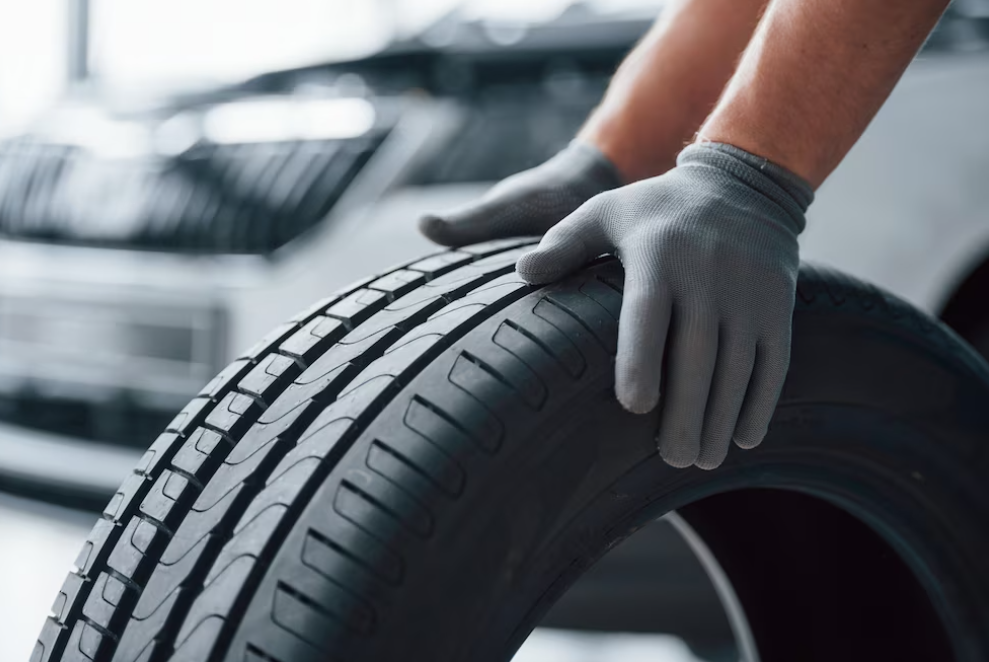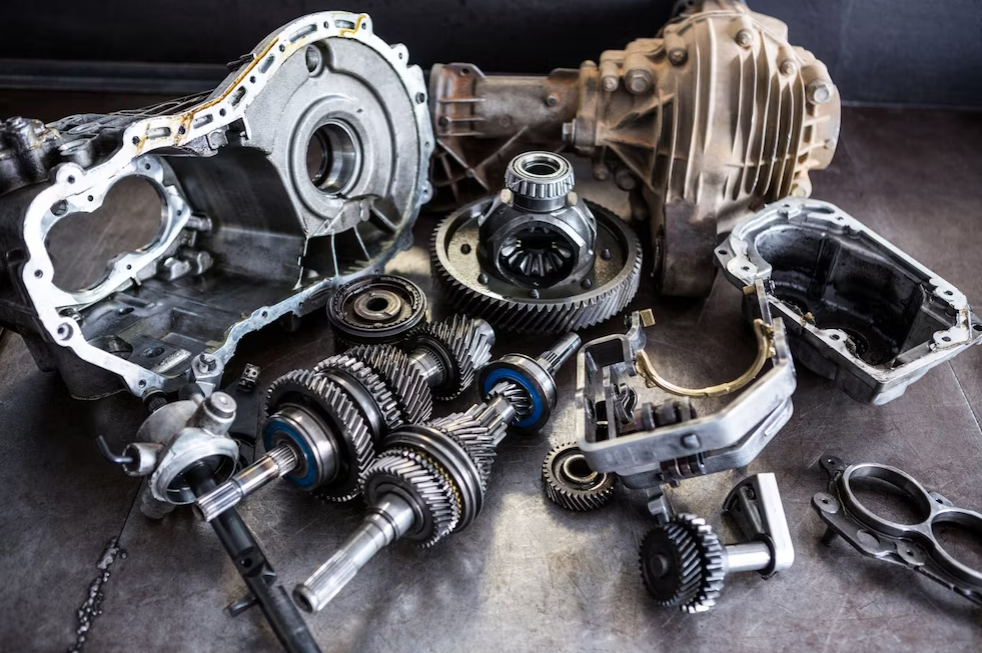The Allure of Leatherette: A Closer Look at Faux Leather
While the aesthetics and tactile qualities of leather impart a sense of luxury and timeless elegance to various items, it's essential to assess how faux leather compares to its pricier counterpart. In this comprehensive exploration, we will delve into the alluring aspects of leatherette and elucidate the advantages it offers over genuine leather. Additionally, we will provide insights into the production methods behind faux leather, shedding light on why it serves as a superb, cost-effective alternative. Prepare to uncover the remarkable beauty and versatility that leatherette can bring to your projects and choices!
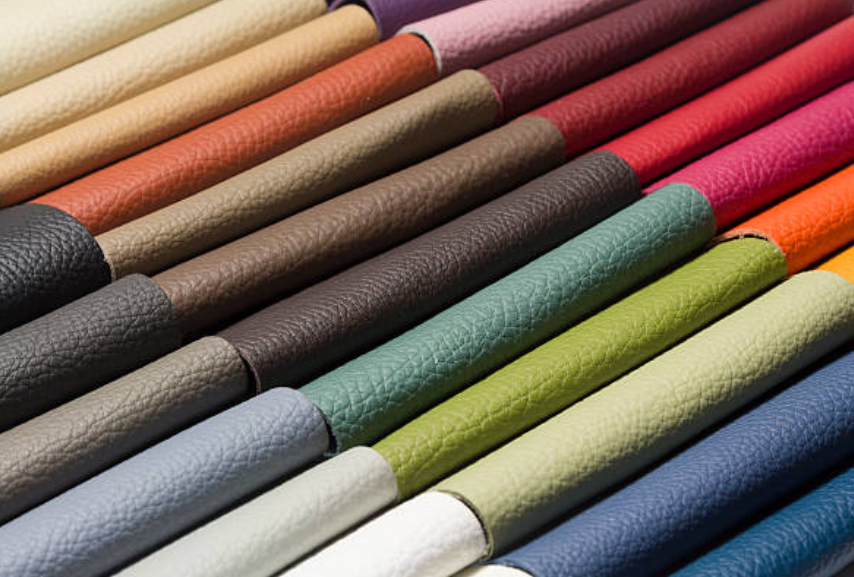
What is Leatherette and How does It Differ from Genuine Leather?
Leatherette, often known as faux leather, synthetic leather, or vegan leather, is a meticulously developed synthetic material created to closely resemble the aesthetic and, to some extent, tactile attributes of genuine leather. Nevertheless, it distinguishes itself from genuine leather in several key aspects. Leatherette is typically composed of a base fabric, which can range from polyester to cotton, coated with a layer of polyurethane (PU) or polyvinyl chloride (PVC). This outer layer imparts leatherette with its leather-like aesthetics and tactile qualities.
Crucially, leatherette is entirely animal-free, presenting an ethical and cruelty-free alternative to genuine leather, which relies on animal hides. Moreover, it offers a budget-friendly option without compromising on the visual appeal of leather. Its capacity to adopt environmentally beneficial procedures, such as the utilization of recycled materials and waste minimization during production, supports its sustainability.
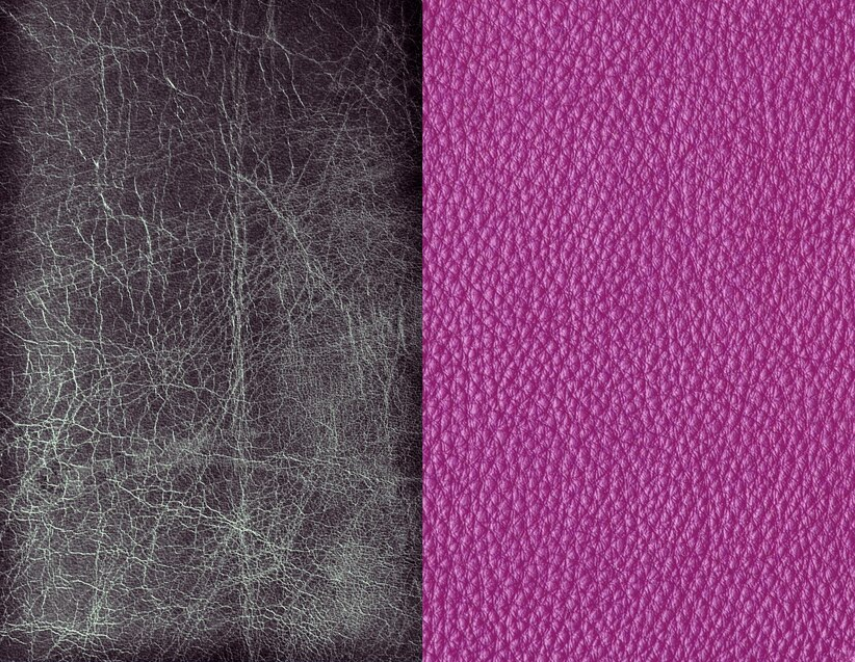
The variety of colors, textures, and patterns available in leatherette make it stand out even more as a material for creative design options. This synthetic material boasts impressive durability and ease of maintenance, making it a practical choice for upholstery, fashion, and accessories. Its uniform appearance and hypoallergenic properties contribute to its appeal, while its resistance to water damage adds to its practicality. In summary, leatherette embodies a compelling fusion of style, ethics, affordability, and sustainability, setting it apart from genuine leather in several notable ways.
1. Ethical Elegance:
Faux leather offers the allure of genuine leather without the ethical dilemmas associated with animal-derived materials. Its cruelty-free nature resonates with consumers who seek fashion that aligns with their values.
2. Sustainability Chic:
The fashion world is increasingly embracing sustainability, and faux leather fits the bill. Its production often involves eco-friendly practices, such as using recycled materials and reducing waste, making it an eco-conscious choice.
3. Creative Versatility:
Faux leather's adaptability knows no bounds. It can mimic various leather types and textures, allowing designers to explore a wide range of creative possibilities, from edgy biker jackets to sophisticated handbags.
4. Affordable Luxury:
Faux leather presents a budget-friendly alternative to genuine leather, offering consumers the chance to indulge in luxury aesthetics without breaking the bank.
5. Colorful Canvas:
Unlike traditional leather, faux leather is available in an extensive array of colors. This versatility empowers fashion enthusiasts to experiment with vibrant hues and bold statements.
6. Cruelty-Free Couture:
Many renowned fashion houses and designers are incorporating faux leather into their collections, further cementing its status as a high-fashion material.
7. Celebrity Endorsement:
Influential celebrities and fashion icons are endorsing and proudly flaunting faux leather pieces, encouraging their fan base to follow suit.
8. Sustainable Partnerships:
Fashion brands are increasingly forming partnerships with sustainable faux leather manufacturers to create eco-friendly collections that appeal to socially conscious consumers.
9. Resilience and Durability:
Faux leather is engineered for longevity and resilience, ensuring that fashion items remain stylish and functional over time.
10. Redefining Fashion: - The rise of faux leather represents a paradigm shift in fashion. It challenges conventional norms and encourages the industry to embrace more ethical and sustainable practices.
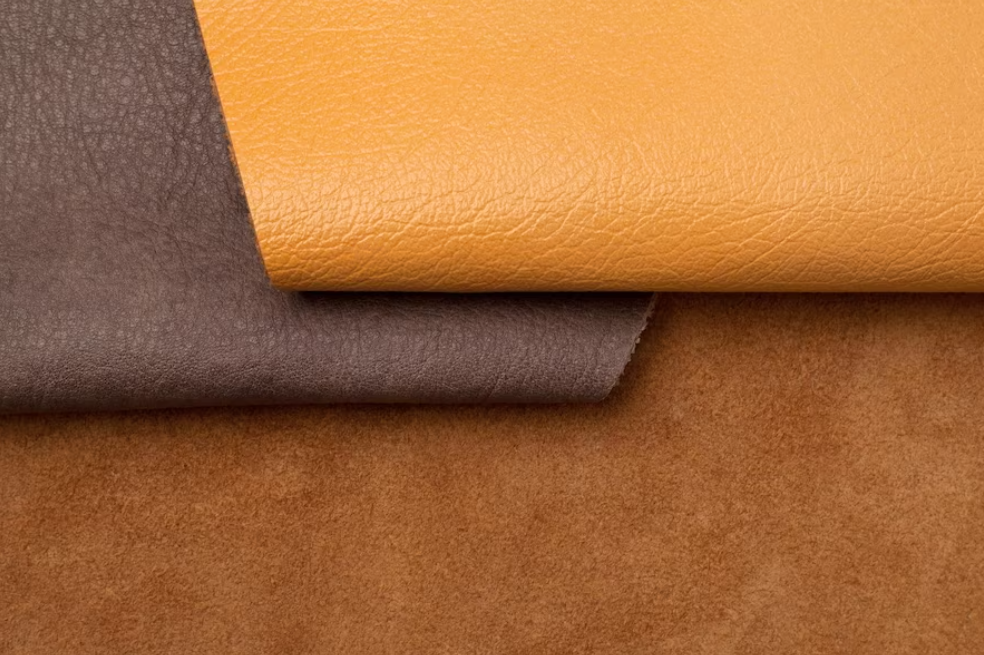
It's critical to perform a thorough analysis when selecting the ideal material to fit your lifestyle, paying weight to factors like durability, maintenance requirements, and comfort. Consider any allergies or sensitivities while making your selections, and choose hypoallergenic materials as necessary. Make selections that are tailored to your unique needs while keeping sustainability as a top priority since eco-friendly options are in line with the ethics and beliefs of those who care about the environment.
Ensure that the material harmonizes with your personal style and budget while also factoring in ethical considerations, such as cruelty-free and fair trade practices. Tailor your choices to your local climate and intended use, keeping longevity and resale value in mind. Cultural and personal preferences influence decisions, so choose materials that resonate with your unique identity.
Staying updated on emerging materials and technologies allows you to adapt to innovative options that enhance your lifestyle. Ultimately, thorough testing and sampling provide firsthand insights into material suitability, empowering you to make well-informed selections that seamlessly integrate into your daily life.
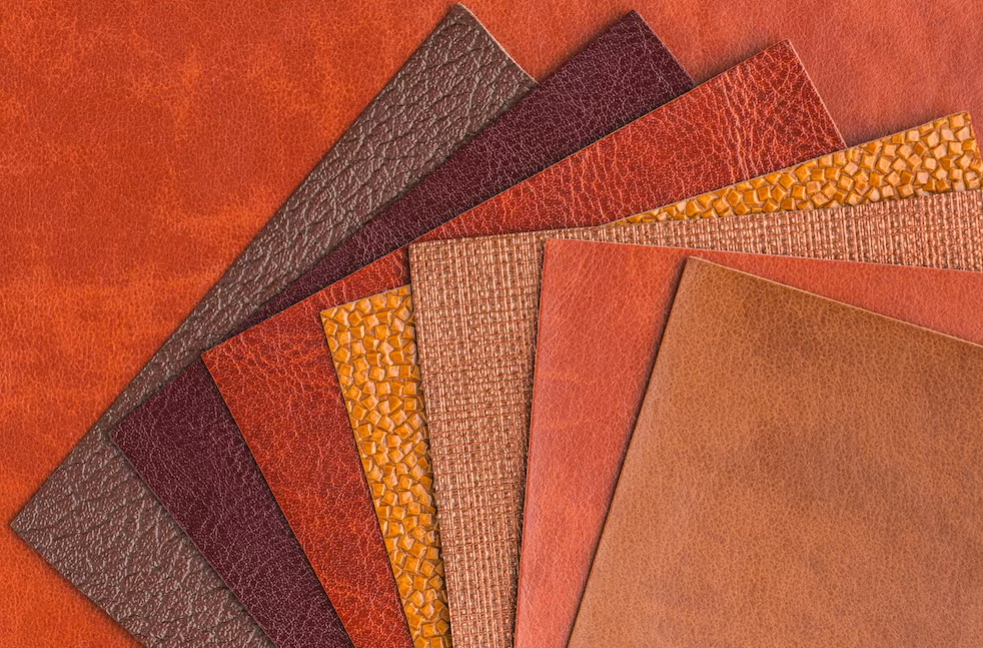
-
How can I differentiate between genuine leather and leatherette?
Genuine leather typically has natural variations, pores, and a distinctive smell, while leatherette tends to have a more consistent texture and lacks these characteristics. You can also check labels or product descriptions for material information.
-
Is leatherette affordable compared to genuine leather?
Yes, leatherette is generally more affordable than genuine leather, making it an attractive option for those seeking a cost-effective alternative with a similar look.
See more review here: The 10 Best Neck Knives For Everyday Carry






